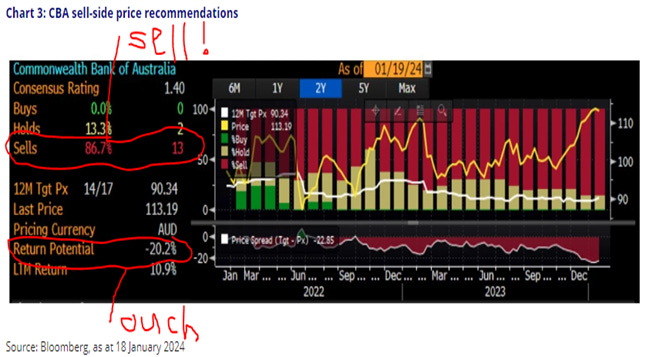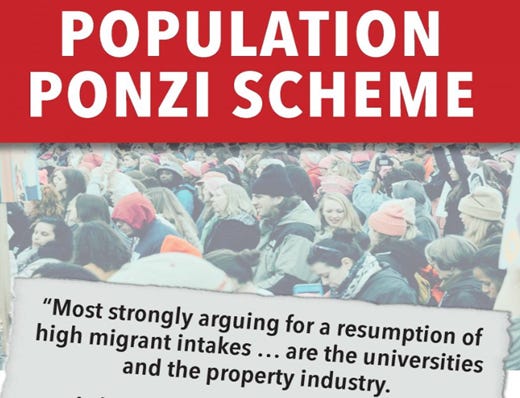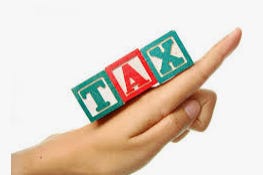CBA SHARES ARE OVERVALUED IN 2024, WIDOWMAKER TRADE IS BACK?
It caught me by surprise to see that nearly all Australian Bank analysts in 2024 rate CBA shares a sell.
The average analyst suggests CBA shares are 20% overvalued.
Various headwinds are appearing in the Australian banking sector such as falling NIMs and the negative effects of tightening monetary policy still ahead of us.
I noticed the below Bloomberg snippet last week from some VanEck research, who were using this to illustrate the potential benefits of an equal weighted ASX200 ETF.
Here I was thinking that sell side analysts are renowned for having a strong bias for BUY recommendations, but have a look below:
This CBA article from the AFR from yesterday highlighted nearly 30 years of data. Take your pick from P/E, dividend yield, relative to other major Australian banks or relative to global banks data. It was basically “off the charts” in terms of valuation, in an expensive sense whichever way you cut it.
The article discusses many theories why. It could be institutional buying, covering “window-maker” trade shorts, Asia / Asia-Pacific money selling China stocks and looking for a home, momentum trades following.
Performance Anxiety
Future widow in background – “Hubby has been short CBA for 5 years and now covers this year.”
Perhaps the most likely reason I can make sense of is simply “career risk” – underperforming active fund managers under pressure just matching the index weight on CBA because they cannot bear the pain anymore.
It made me remember the example of News Corp after the 90s tech boom. It got to circa 20% of the ASX benchmark then! At least CBA is “only” still a bit under 10% I think.
If you want to hear from someone at the coal face of that “career risk” performance pressure, this Peter Morgan interview is a good example. You can listen from the 32-minute mark for a few minutes.
This month is not the first time CBA has been talked about as a “widow-maker” trade, so beware.
The below article is from 2016!
The ‘widow-maker’ returns as shorts target Australia banks - Gulf Times (gulf-times.com)
So what does all this mean for investors?
To put it bluntly, I don’t have the balls to short CBA here!
Needless to say perhaps though, I do not own any CBA shares either, but good luck to those that still do!
Whilst the other major Australian bank valuations do not appear to be as stretched, they still look expensive after a large bounce in recent months.
The other larger listed ASX companies generally look pricey also.
Australia’s population Ponzi scheme
Will Australia’s population Ponzi scheme continue to be a tailwind for corporate Australia earnings, or are politicians now moving to clamp down on this?
I get the sense this long-term free kick for corporate Australia is being challenged. In the past many would be scared to speak out about reducing immigration levels. Now I see even Shane Oliver from AMP, Why immigration should be lower - AMP , has repeatedly discussed the issue at length. I am guessing at a large organization like AMP, these days they probably have multiple departments cross checking what the chief economist writes so they do not offend anyone! If this view is becoming even more mainstream, then maybe politics is also following to ensure lower migration into Australia in the medium term? Note Australia’s recent crackdown on student visas and significant investors visa amidst talk of widespread corruption across the board.
Dick Smith has long been campaigning for Australia to reduce its immigration rate. Is this now becoming the very dominant mainstream view that politicians need to take on board to be in power?
Forever creeping tax brackets
A lot of Australians are doing it tough, maybe the changed tax cuts can assist soon. However yesterday I read in The Australian Newspaper that looking out longer term to 2030, the new changed tax cuts plans will raise significantly more in taxes than the old plans.
Below are some snippets from The Australian.
Senator Hume then referred to the Treasury modelling and asked where the extra $28bn to be raised from the tax changes over the next decade would come from if not from higher taxes.
Deputy Secretary for Revenue Group at Treasury, Diane Brown, replied: “So the $28bn is forecast over the medium term. In a progressive tax system you expect there to be bracket creep as there would be under stage three as well.”
“There is a bit of bracket creep. But can I put it in perspective – there’s $28bn over the medium term where we collect $300bn each year in personal tax,” she said.
The bracket creep issue worries me. The above is based off the analytical long-term forecasts, (I mean guesses), from Treasury! What if inflation runs much higher? This is what the government prefers as then they get to effectively become larger and more powerful, so the risks on longer term inflation are therefore higher.
The US, Canada and many European countries at least have attempted to reduce the bracket creep problem via indexation of the brackets to inflation.
I discussed my negative bias on Australia largest companies on the stock market on Seeking Alpha recently. I have found if I discuss something as a “sell” there, it is a good way get abuse, (I mean “feedback”), about where my thesis may be wrong.
It may still be paywalled or allow you to read under a free article limit I am not sure. However I am allowed to post a snippet here with the link so I shall do so further down below.
Before I end this post making it too depressing for Australian investors, I do want to say that for those fishing around in the ASX microcap sector there is more hope. Things are a lot more depressing there. At the time of writing, I note the ASX Emerging Company Index (XEC) is trading about 15% lower compared to a year ago.
ARE AUSTRALIAN SHARES A SELL IN 2024?
Below is a small part of my Seeking Alpha Article written on Feb 4.
Australian stock market PE ratios have expanded in recent months
It is not just the Australian banking sector where valuations are getting more stretched. After a big rally in Australian stocks in December, the following article reveals Australian stocks just got more expensive. To quote from the article directly, major broker Macquarie noted that, “prices have risen since December faster than forecast earnings. Aussie stocks have generally become more expensive.”
The 2024 forward P/E above of the ASX100 of 17.1 sits comfortably above the long-term average of 15.7.
On a more optimistic note, I do concede that the resources sector looks relatively attractive in the table above even acknowledging the sector usually trades at a discount. If one believes there has been an under investment in commodities in the last decade, then this is where the opportunities may lie.
Australia may still slip into recession in 2024
In reviewing IAF about a year ago I discussed the widely reported “fixed rate cliff”, where Q3 in 2023 was the period many feared. It was around then that a huge number of borrowers were to come off their 2% fixed rate home loans from a couple of years prior. They would then soon face variable rates towards 6% instead.
The link to the article is below but may be only able to be viewed by Seeking Alpha subscribers.
Click here to read “Sell Australian Shares On Rallies In 2024, Australia May Still Fall Into Recession”







